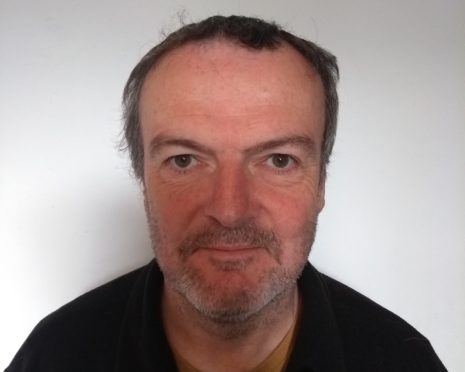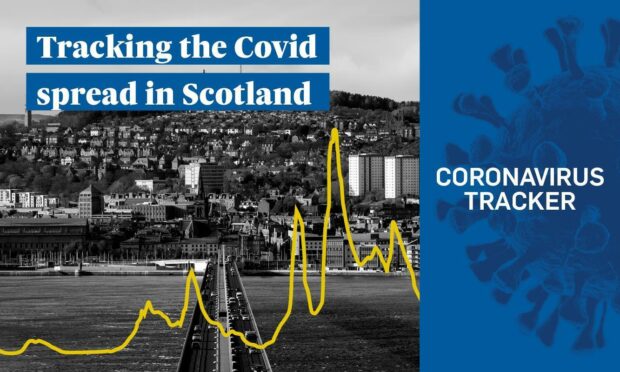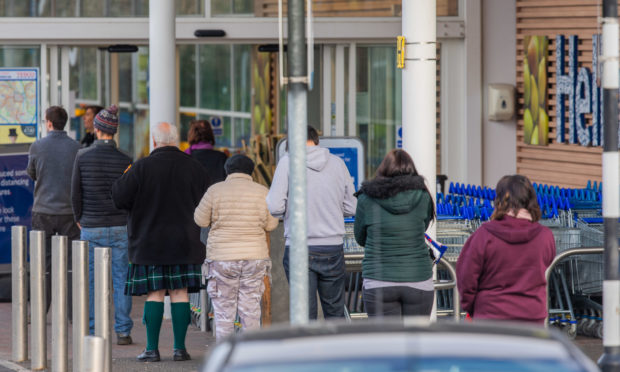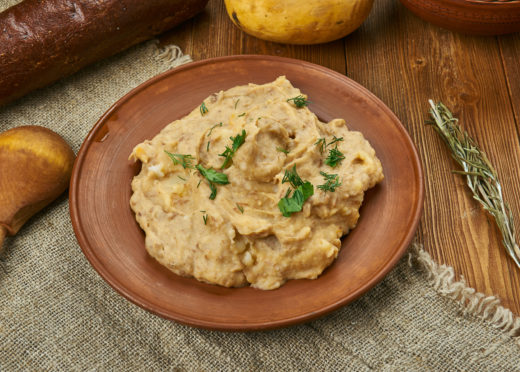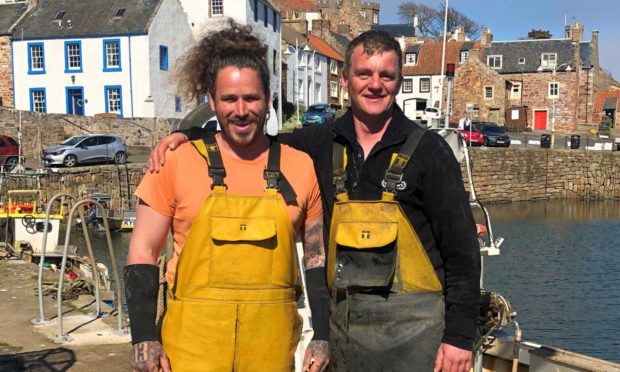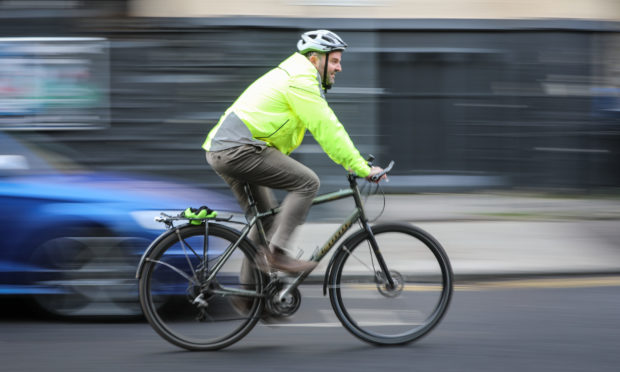Op-ed by Dr Mike Lonergan, senior statistician and epidemiologist with Dundee University’s School of Medicine.
It is only a month since we were seeing 1,000 coronavirus deaths a day in the UK, with the numbers doubling every four days.
If that had continued we would probably be around the peak of the epidemic by now, and have hundreds of thousands of bodies to bury.
While 30,000 deaths is awful, the difference is a huge achievement and this is largely due to changes in our behaviour.
The best guess seems to be that covid-19 kills slightly fewer than 1% of those it infects, in countries with good medical care. Nobody really knows the exact number because nowhere has managed to test everybody and, because people who are older or already unwell are more vulnerable to coronavirus, the proportion will be slightly different in different countries.
Hospitals obviously save people. It seems reasonable to believe that almost everyone who spends time in intensive care would die without it and so would some of those who receive lesser treatments.
About half of those who have been in intensive care with covid-19 have died, so medical care must have saved at least 30,000 lives across the UK in the last six weeks. The actual number is probably much higher.
Covid-19 is highly contagious. If nothing had been done, it would have infected almost everyone and it would have done that very quickly. The, rapidly abandoned, government plan for “herd immunity” considered that once most people had the disease, covid-19 would no longer be a problem in the UK. It saw the main problem as how to spread out the infections so that hospitals weren’t overwhelmed.
Slowing the epidemic might also have reduced the number of deaths to 200,000, but their main priority was avoiding an unrestricted epidemic that might have caused more than a million deaths in the UK as it swamped the NHS.
While many people have been saved by being treated for covid-19, many more people are alive because restrictions and changes in behaviour have prevented their infection.
Recently, around 500 people have been dying each day. These numbers are falling slowly so we can expect another 10,000 to 20,000 deaths across the UK over the next few months as the outbreak fades, provided things continue much as they are now.
This suggests that maybe 900,000 lives are being saved by social distancing, quarantines, and self-isolation. It is a pure guess, but I’d credit half of those to the hygiene, infection control, and PPE use within hospitals and care homes. That would leave 450,000 to us, provided we can continue to make this work.
Most, but not all, of the people Covid-19 kills were already nearing the ends of their lives. Current estimates are that it steals an average of 12 years each time it kills, so public actions may be saving 5.4 million life-years across the UK. That would mean the efforts of every 12 of us are effectively keeping someone alive for a year.
That number is, of course, very, very rough but it does give an idea of the scale of what we are doing.
The deal seems to be if we see this through, each of us will extend someone’s life by a month. Though that does need to be set against the other effects of the restrictions, and will only work if most of us cooperate.
Next September seems to be the standard estimate for vaccine availability, assuming one can be made. If so, we’ve each already done enough to add three days to a life.
Hopefully there will be ways to tweak the restrictions so they feel less restrictive. Contact tracing and testing could also make things easier and a treatment might make covid-19 less dangerous.
All of this describes what we are doing and none of it tells us whether we should do it. Our actions suggest that we believe a month of life is worth more than avoiding a year of restrictions, allowing for all the chaos and costs of each. I think that I agree with that, but I couldn’t say why.
